Roma children prone to labor exploitation
Roma children in Serbia are quitting school at an early age and therefore are more susceptible to falling victim to labor exploitation.
Monday, 14.06.2010.
15:26

Roma children in Serbia are quitting school at an early age and therefore are more susceptible to falling victim to labor exploitation. This is according to d Deputy Ombudsman for Children’s Rights Tamara Luksic-Orlandic, who spoke in a news conference in Belgrade on Monday. Roma children prone to labor exploitation “In hot and cold weather we see (Roma) children who wash car windows. Such scenes must be banished,“ she pointed out. Luksic-Orlandic said, in reference to June 12, marked as World Day Against Child Labor, that it was not rare for Roma children to do hard work in order to provide for their families. The deputy ombudsman stressed that Roma children were more susceptible to labor exploitation because they were leaving school at an early age and noted that only ten to 30 percent of Roma children who enrolled into elementary school made it to the final, eight grade. “About 22 percent out of the total population aged from 15 to 18 does not go school, while that percentage is 90 percent with Roma children,“ she said. Luksic-Orlandic also emphasized that the state should work more actively with Roma parents in order to point out to them the importance of their children's education. According to her, regulations which govern the issue of labor exploitation of children in Serbia are good and in accordance with European and global standards. The deputy ombudsman noted that it was lawful for children aged 15 and over to work, but only when it involved light labor, and not night shifts. “Serbia isn't the Middle East and there are no factories where children work,“ she said, and added that Labor Inspection in Serbia had not registered examples of labor exploitation of children so far. Researcher of the Belgrade Center for Human Rights Sonja Toskovic, who spoke at the same news conference, said that the problem of labor exploitation of children in Serbia was more pronounced in rural areas, and that there were indications that there was such problem in Bor, in eastern Serbia. Toskovic announced that the center would begin a field research in September in order to obtain more precise information about labor exploitation of children in Serbia.
Roma children prone to labor exploitation
“In hot and cold weather we see (Roma) children who wash car windows. Such scenes must be banished,“ she pointed out.Lukšić-Orlandić said, in reference to June 12, marked as World Day Against Child Labor, that it was not rare for Roma children to do hard work in order to provide for their families.
The deputy ombudsman stressed that Roma children were more susceptible to labor exploitation because they were leaving school at an early age and noted that only ten to 30 percent of Roma children who enrolled into elementary school made it to the final, eight grade.
“About 22 percent out of the total population aged from 15 to 18 does not go school, while that percentage is 90 percent with Roma children,“ she said.
Lukšić-Orlandić also emphasized that the state should work more actively with Roma parents in order to point out to them the importance of their children's education.
According to her, regulations which govern the issue of labor exploitation of children in Serbia are good and in accordance with European and global standards.
The deputy ombudsman noted that it was lawful for children aged 15 and over to work, but only when it involved light labor, and not night shifts.
“Serbia isn't the Middle East and there are no factories where children work,“ she said, and added that Labor Inspection in Serbia had not registered examples of labor exploitation of children so far.
Researcher of the Belgrade Center for Human Rights Sonja Tošković, who spoke at the same news conference, said that the problem of labor exploitation of children in Serbia was more pronounced in rural areas, and that there were indications that there was such problem in Bor, in eastern Serbia.
Tošković announced that the center would begin a field research in September in order to obtain more precise information about labor exploitation of children in Serbia.













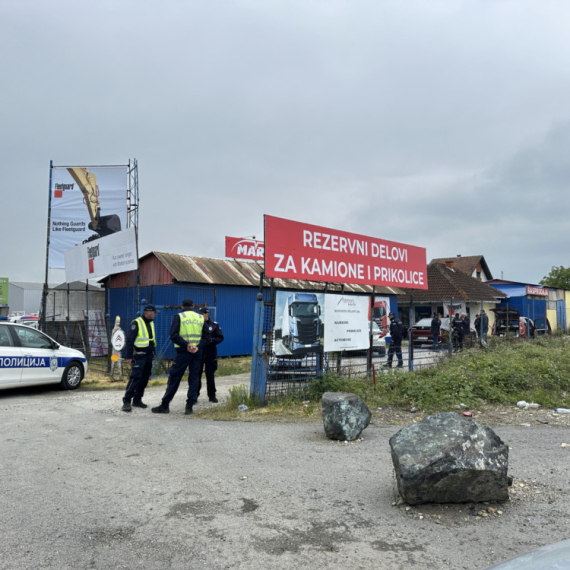
























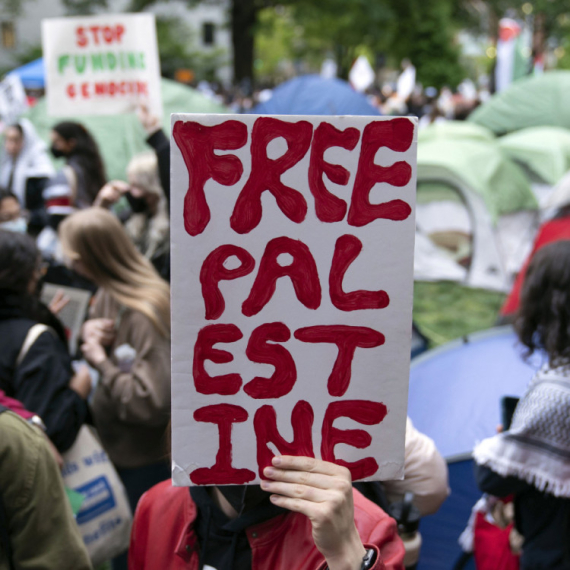


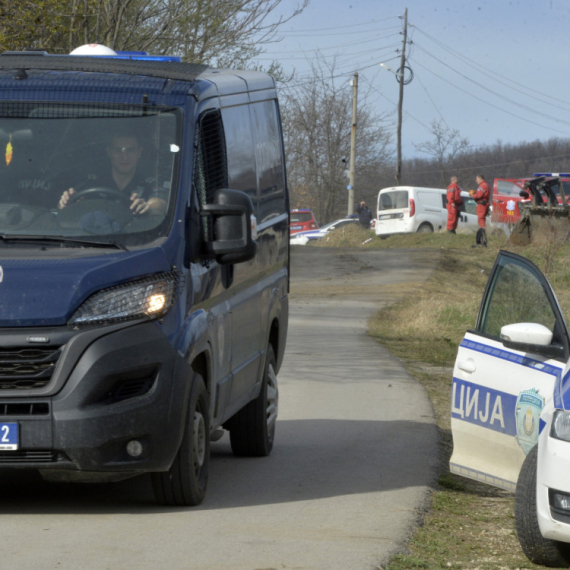




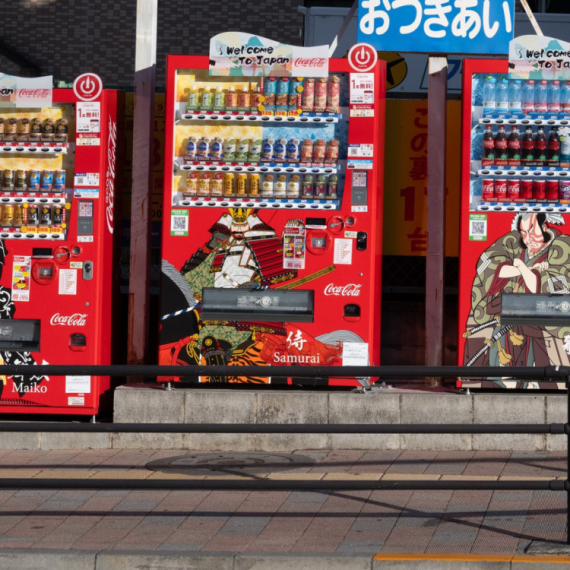





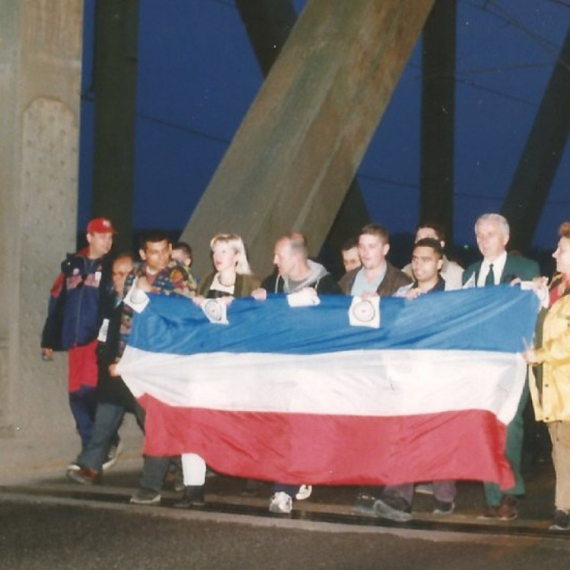


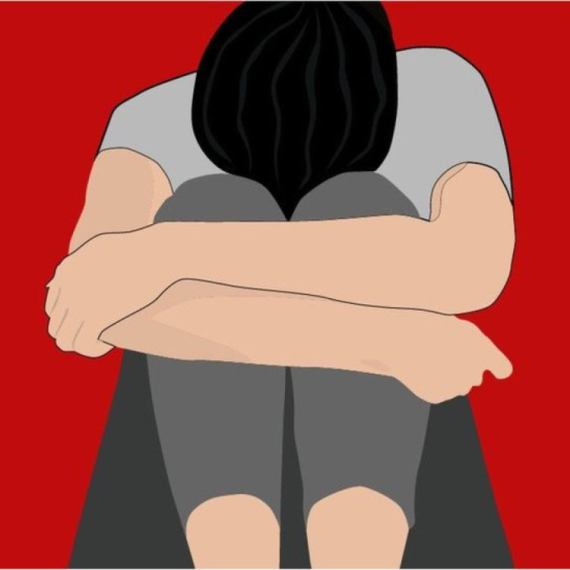


Komentari 0